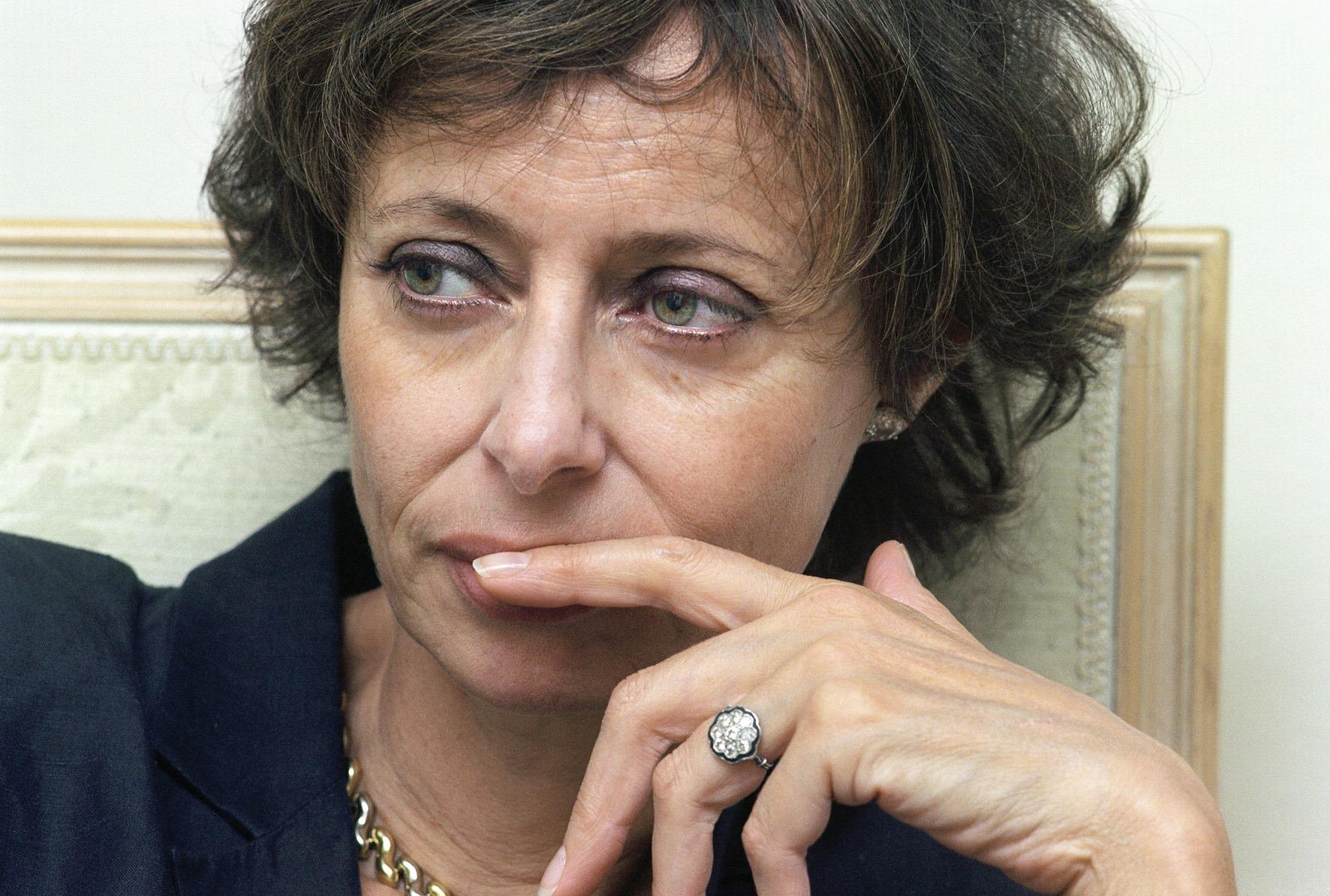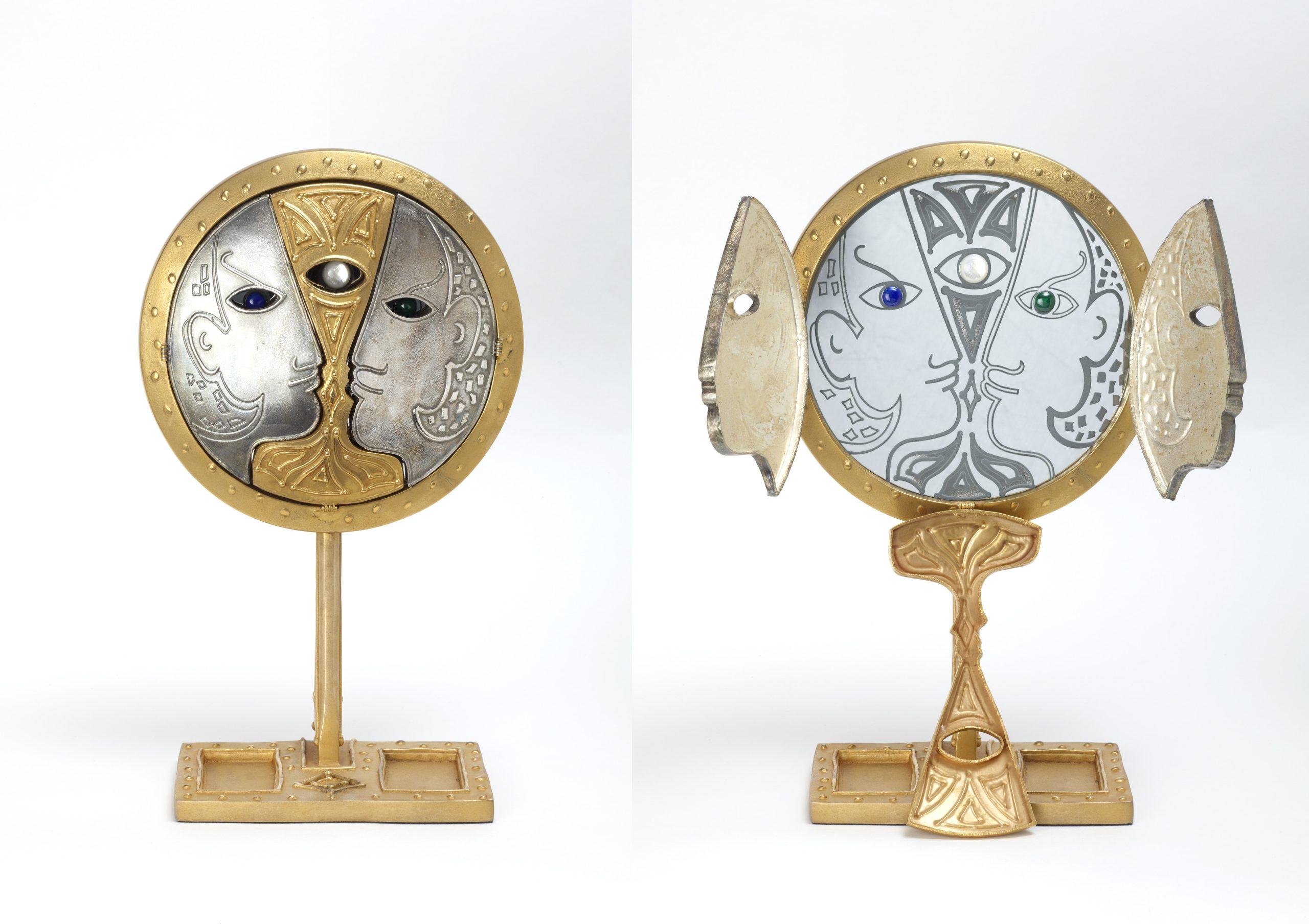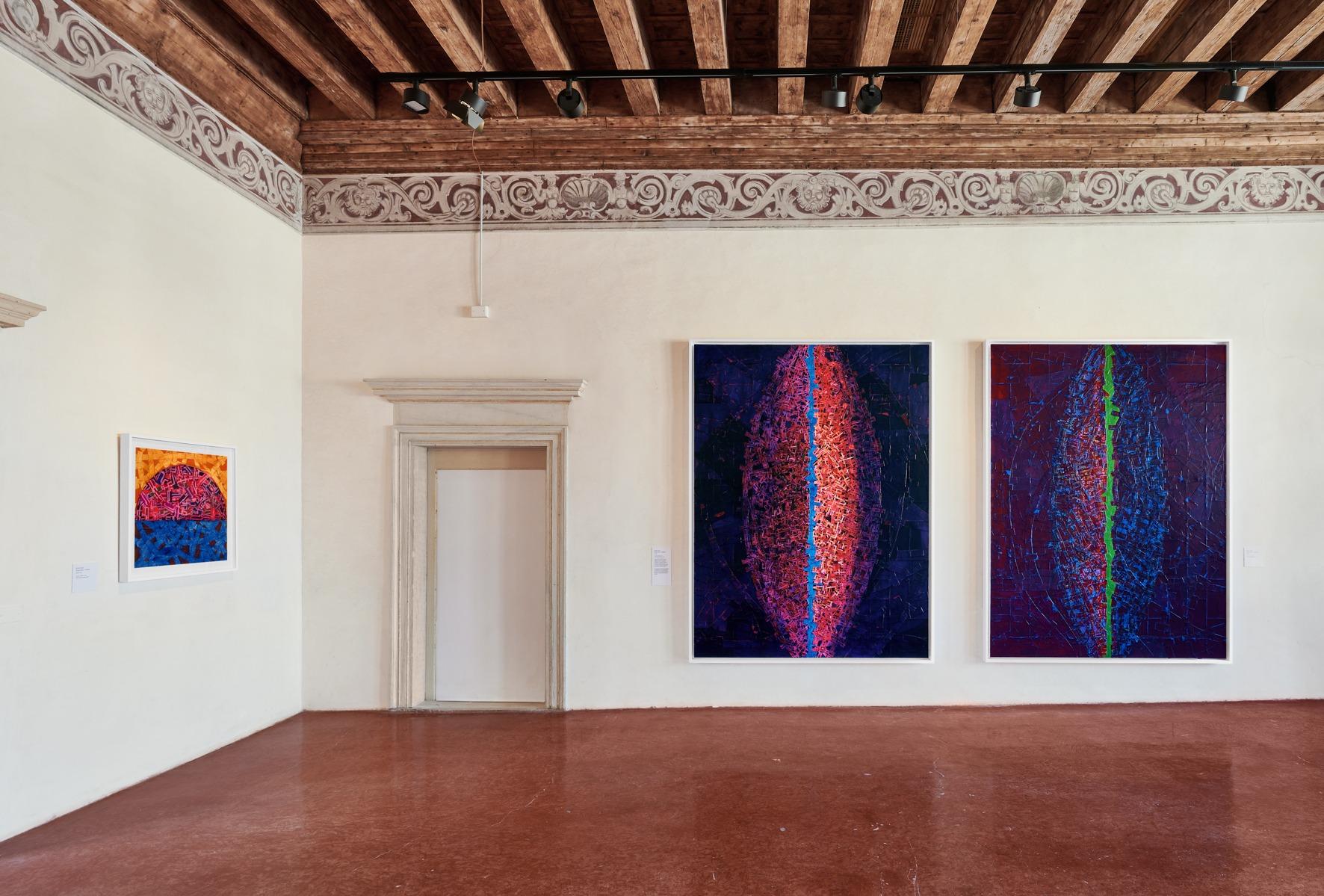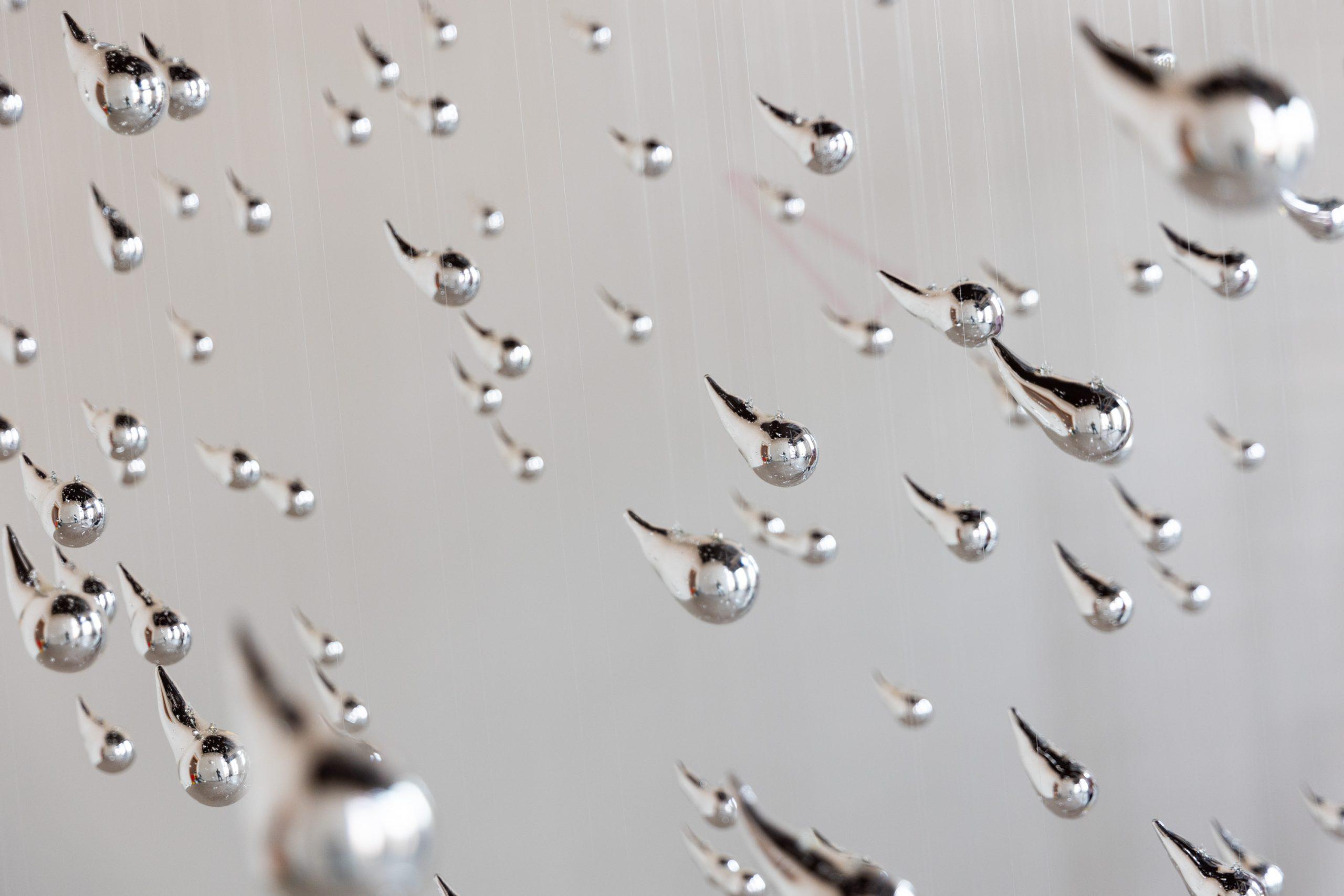For a long time considered a foreigner by the country in which he lived, Pablo Picasso never obtained French citizenship. The exhibitions coming to the Palazzo Te in Mantua and the Palazzo Reale in Milan delve into this history, narrated for us by the journalist and author Marco Carminati
When Pablo Picasso died in Mougins, Provence, on 8 April 1973, a flood of praise poured out for him and his art. France, the country in which Picasso had lived for almost seventy years, made solemn decisions regarding his legacy. Having the possibility to pay off inheritance taxes through the sale of works of art, the French state and the artist’s family agreed to take from the master’s immense legacy a selection of 200 paintings, 150 sculptures, 3,000 drawings, 88 ceramics and more, and allocate all this to a national museum named after Pablo Picasso, which opened its doors in Paris on 28 September 1985.
The historian Annie Cohen-Solal wanted to re-examine this “great love” France had for Pablo Picasso by thoroughly scrutinizing the archival documents and arrived at unexpected and in some respects disconcerting conclusions. Contrary to what is commonly believed, France repeatedly demonstrated sincere and open hostility towards this “Spanish” artist, defined as a “foreigner”, “anarchist” and, moreover, an exponent of an “incomprehensible art”.
In 1901 Pablo Ruiz Picasso ‒ who had chosen to reside in the French capital ‒ found himself immediately investigated by the Parisian police, who opened a file on him eloquently entitled: “Foreigner n° 74,664”.
The file would be updated periodically for many years, not just with the conspicuous SPANISH stamp (in capital letters) often placed on the papers, but also with judgments that denoted political distrust towards him, contempt for his art and even tones of actual xenophobia: “He did not serve in the military in our country during the conflict in 1914”, he is a “self-styled modern painter”, he “is a Soviet apologist”, he is an “anarchist monitored by the prefecture” and then “he speaks French very badly, as he can barely make himself understood”.
Despite these hostilities, the “foreigner” Picasso was producing masterpieces in France. In Paris he had painted Les Demoiselles d’Avignon (1907). In 1929 he had offered it as a gift to the Louvre, but the museum disdainfully refused. Then came Guernica (1937), which the artist painted overwhelmed by the horror of the Spanish civil war in a France, however, completely indifferent to that fratricidal tragedy, a precursor to the massacre of the world war.
In 1940 Picasso attempted to become a naturalized French citizen, but his aspiration was crushed. This was the reason given: “Foreigner without qualifications to obtain naturalization; however, given the foregoing, he must be considered extremely suspicious”.
Worse happened, in 1942. To renew his French residency permit he was forced to declare: “I, the undersigned, declare on my honour that I am not Jewish”.
The discovery of the precariousness in which the artist lived and the obstacles he had to overcome during his life in France are the plot not just of Annie Cohen-Solal’s book, Picasso. Una vita da straniero [Picasso. A life as a foreigner] (Marsilio, 2024), but also of the highly original exhibition inspired by it, again curated by Annie Cohen-Solal together with Cécile Debray, and staged from 20 September 2024 to 2 February 2025 at the Palazzo Reale in Milan. Entitled Picasso lo straniero [Picasso the foreigner], the exhibition is sponsored by the Municipality of Milan ‒ Culture, produced by Palazzo Reale with Marsilio Arte and created thanks to the collaboration of the Musée National Picasso in Paris, the Palais de la Porte Dorée and the Musée National de l’Histoire de l’Immigration.
Picasso lo straniero presents around eighty works by the artist, as well as documents, photographs, letters and videos from the Picasso Museum in Paris and the Musée National de l’Histoire de l’Immigration in Paris. An aesthetic and historical journey that invites us to reflect on the issues of immigration and reception, having as its linchpin the figure and work of Pablo Picasso who, despite France having become his home and his fame having brought prestige to the nation, would never obtain French citizenship. Belatedly (1958), they did in fact offer it to him. But by that point he was the one who didn’t want it anymore.
Marco Carminati


BIO
Marco Francesco Carminati was born in 1961 and graduated with a degree in history of medieval and modern art under Professor Miklos Boskovits at the Università Cattolica in Milan.
He is a professional journalist and since 1990 he has worked on the cultural supplement Domenica, in Il Sole 24 Ore, for which he edited the art, architecture, cultural heritage and antiques pages. From 7 January 2020 to 1 April 2023, he was the managing editor of Domenica, and host of the weekly programme Luoghi d’arte [Art places] on Radio 24, dedicated to the discovery of the artistic wonders of Italy and aimed at the general public. On the research front, he has explored the history of Renaissance painting and miniatures, and has several publications on the subject to his credit, dedicated to Piero della Francesca (Electa), to Gioconda di Leonardo da Vinci [Leonardo da Vinci’s Mona Lisa] (Silvana Editoriale), to the painter Cesare da Sesto, 1477-1523 (Jandi Sapi), and to the illuminator Maestro BF (Edizione Cardano). He edited for Longanesi the volume Abecedario pittorico [Pictorial Alphabet] (2007), which gathers together Federico Zeri’s last radio broadcasts, that he dedicated to the great artistic masterpieces from all the ages.
For Longanesi he published the book David in carrozza [David in a carriage] (2009), dedicated to the adventurous transportation of works of art over the centuries. More recently he edited the Memorie di Ettore Modigliani [Memoirs of Ettore Modigliani] (Skira) and published La Galleria dei ritratti [The Gallery of portraits] (edizioni del Sole 24 Ore), a series of profiles of important protagonists in the art world (artists, collectors, dealers and forgers), Raffaello pugnalato [Raphael stabbed] (edizioni del Sole 24 Ore), on the vicissitudes suffered by Raphael’s masterpieces, and Gli Angeli di Raffaello [Raphael’s Angels] (Interlinea), on the angelic presences in Sanzio’s works.
In 2007 he won the first edition of the Viareggio Award for Journalism (2007), for the article announcing the discovery of Caravaggio’s baptismal certificate in Milan. In 2011 he won the Pasquale Rotondi Award (communication section) awarded to those who have distinguished themselves in the defence and promotion of the nation’s artistic heritage. Since 1999 he has actively collaborated in the educational initiatives (trips and conferences) of the FAI, the Italian Environment Fund, the Friends of Brera and the Friends of the Poldi Pezzoli Museum. He is also involved ‒ through publications, apps and educational devices ‒ in the artistic and historical promotion of the Borromean Islands on Lago Maggiore, with a particular focus on the historic buildings and art collections (Palazzo Borromeo. Uno scrigno d’arte sull’Isola Bella [Palazzo Borromeo. A treasure trove of art on Isola Bella] with Stefano Zuffi, Electa).
For more than a decade he has been curating the series of public talks entitled Capolavori raccontati [Masterpieces explained] for the Palazzo Ducale in Genoa.
In 2018 he was appointed Honorary Academician of the Academy of Fine Arts of Perugia and for several years he has participated in the art talks organized as part of the Umbrian Music Festival.
Since 2023 he has been vice president of the Associazione degli Amici di Brera [Friends of Brera Association].
INFO
5 September 2024 – 6 January 2025
Picasso at Palazzo Te. Poetry and Salvation
PALAZZO TE
Viale Te 13, Mantua
https://www.centropalazzote.it/en/fondazione-palazzo-te/
Picasso the Foreigner
PALAZZO REALE
Piazza del Duomo 12, Milan
https://www.palazzorealemilano.it/en/mostre/foreigner
Cover photo: Pablo Picasso (1881-1973), Dormeuse aux persiennes, Juan-les-Pins, 25 April 1936. Oil and charcoal on canvas, 54,5 x 65,2 cm. Musée national Picasso-Paris. Dation Pablo Picasso, 1979. MP152 © Succession Picasso by SIAE 2024. Photo © RMN-Grand Palais (Musée national Picasso-Paris) / Adrien Didierjean
Related Articles








